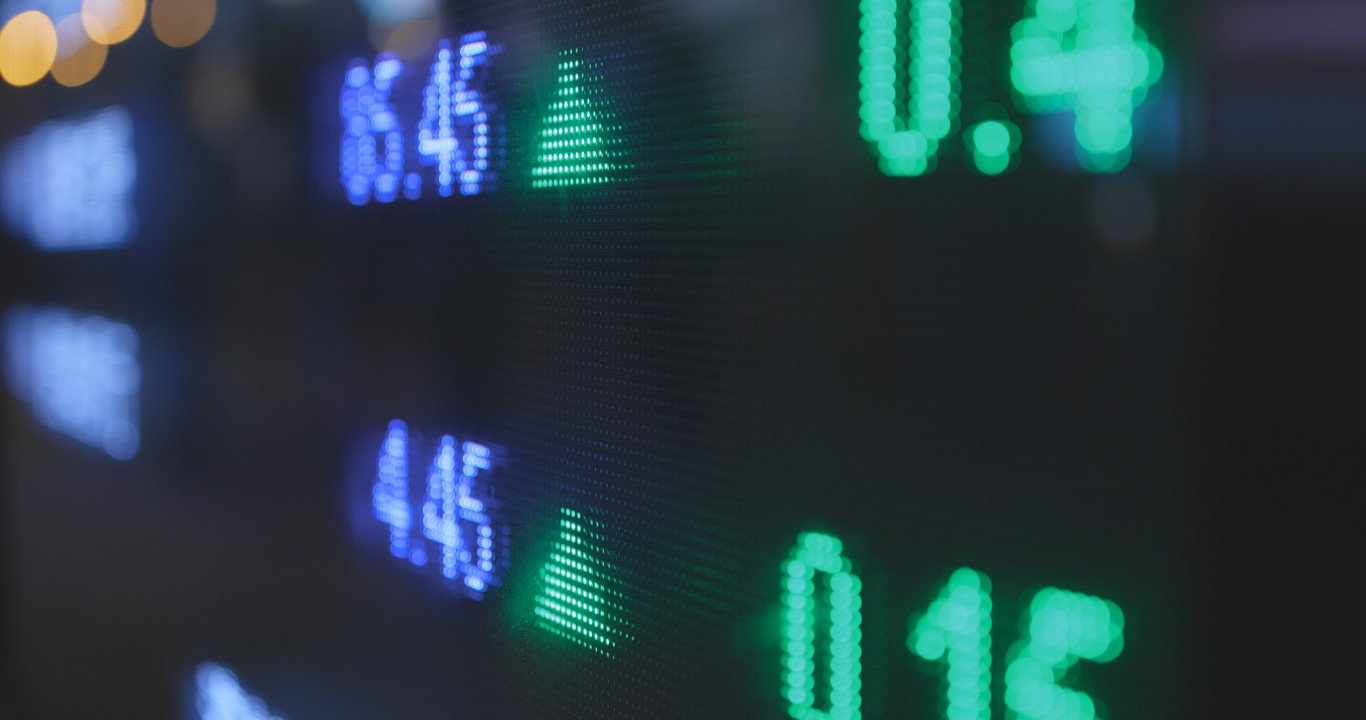by Joe Duffy and Darrell Jobman
The following four major factors go into determining the price – the premium – of an option.
Price of the Underlying Instrument – Whatever moves the price of the underlying instrument will have an effect on the price of an option, with the extent of the effect depending on the proximity of the underlying price to the strike price. Options prices do not track the price of the underlying instrument precisely. An in-the-money option will react differently than an out-of-the-money option.
Strike Price – The strike price is the key pricing point against which all elements of the options price can be compared. It is the dividing line between profit and loss and whether an option will be exercised at time of expiration. Options at a strike price that is far removed from the price of the underlying instrument may have little day-to-day movement, whereas options at a strike price close to the underlying price will reflect changes in the underlying price more closely.
Time Remaining Until Expiration – When someone talks about “buying time” and hoping something good will happen to them during the time they have, they might be talking about an options buyer. The more time left in the life of an option, the more value the option has, all other things being equal. Every passing day reduces the time value, with this erosion in value beginning slowly then increasing rapidly during the last 30 days or so before expiration until it reaches zero. The only value in an option at that point is its intrinsic value. Consequently, an option is known as a “wasting asset”. Time decay can work against an option buyer who is waiting for an option position to move above a breakeven point.
Volatility – Volatility measures the fluctuation of the underlying instrument’s price and how much the price is likely to change between now and expiration. Like time, the more volatility there is, the higher the price (premium) for the option because the premium now has to cover a wider contingency of price action. Higher time, higher volatility, higher premium.
Think of it like insurance; the more the uncertainty, the higher the premium is to buy coverage. In effect, sellers just add more of a cushion to the option price so they can have a broader range of assurance that they will make money.
Two types of volatility affect options prices. Historical volatility measures how fast the underlying price has been changing. Implied volatility is a calculation of what traders think the magnitude of underlying price changes will be in the future. Comparing the two provides a guide whether to buy or sell.

Pricing Notes
Several other items about options pricing need to be pointed out as well.
Distinct Contracts – Calls and puts are completely different, separate and distinct contracts that convey completely different, separate and distinct rights. They are not the opposite sides of the same transaction. If you buy a call to be long, for example, you do not buy a put to offset that position, even though a put gives you the right to be short. If you buy a call, you must sell a call of the same type to offset the original position.
In addition, a 50 call is not the same as a 40 call or a 60 call. A March call is not the same as a June call. Like futures, you must be sure you use the right month to offset your original options position, but in options you also must be sure you use the right strike price to designate the option you want. This may seem to be so obvious that it is not worth mentioning, but it is very easy to make a mistake of one letter in an options symbol that can get you embroiled in a situation that you do not want to be in.
‘Early’ Expiration – This is not true of all options, but options on futures for some contracts expire about one month before the date that the underlying futures contract expires. For example, you may have an option on December corn futures and think you have until December to get the favorable price action you are seeking. However, options on December corn futures expire a month earlier in November. If you decide to exercise the option, you receive a futures position that you can hold for a week or so before getting into the delivery period for the futures contract, or you may even have it up to a month until the futures contract expires. You need to be aware of options expiration dates as they can creep up on you before you realize it.
Historical Prices – Historical options prices generally are not of much value for analysis because of the different conditions in which they were posted. Historical prices of the underlying instrument and historical volatility (especially seasonal volatility patterns) are much more significant for your market analysis. Options pricing models such as the Black-Scholes Model provide theoretical options value as long as you can input the four major options pricing factors mentioned above. Fortunately, computers usually do those calculations for you.











Recent Comments